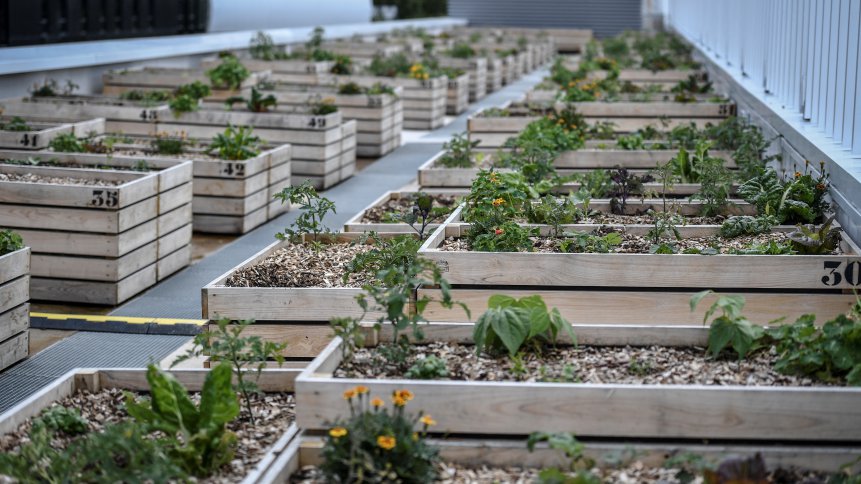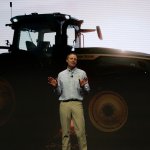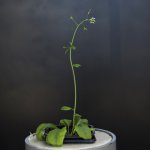EU project is helping farmers fight labor shortage with robotics

- The goal of the Robs4Crops project is to accelerate the shift toward large-scale implementation of robotics and automation in the EU
- The project will focus on the most demanding and repetitive field operations, namely mechanical weed control and spraying against pests and diseases
- Trials will be conducted in partnership with commercial farms and business leaders from France, Greece, Spain, and the Netherlands
In the European Union, one of the most severe challenges within the agriculture sector is the cost and scarcity of labor. In fact, throughout the pandemic, growers across the region have been either complaining about higher labor costs, or limited access to it altogether. Therefore, to protect the food supply chains in Europe, a new EU project is accelerating the shift to robotics and automation which would fundamentally shake up the agrifood landscape in Europe.
To put it simply, the Robs4Crops project aims to accelerate the shift toward large-scale implementation of robotics and automation in European farming. With a €7.9 million budget co-funded by the EU, Robs4Crops said in a statement that it will demonstrate that robotics and related technologies can bring precision and consistent repeatability to a series of mundane, repetitive tasks, thus reducing the need for humans to engage in work that is unpleasant, laborious, and requires minimal-to-zero thinking.
“Growers across Europe are reporting limited access to labor. Fields of fruits and vegetables have been left unharvested as thousands of seasonal workers have been unable to reach farms that rely on their work while the virus has struck down others,” the Robs4Crops statement reads. The pandemic has led to a spike in both interest and investment in robotics and farm automation technologies, marking the start of a structural change in food and farming.
“But, for the most part, commercial robotics is still mainly unexploited,” the statement noted. Basically, the project aims to address and resolve the organizational and technological challenges associated with robotic farming’s widespread adoption. That said, by building upon the existing agricultural machinery, standards, and best practices, the project will shape and deliver a fully autonomous system, ready for large-scale commercial trials.
Of the entire €7.9 million, the EU will contribute approximately €6.8 million, and the project will run for a course of four years. The consortium so far consists of 16 partners from seven European countries.
YOU MIGHT LIKE

The ‘right to repair’ is now an issue in agriculture
“Robs4Crops’ flexible and modular new-generation system will greatly reduce the dependency of farmers on hired labor, increase safety, and reduce the use of inputs and the overall carbon footprint of food production. The project will focus on the most demanding and repetitive field operations, namely mechanical weed control and spraying against pests and diseases,” the statement reads.
The upside is that Robs4Crops will provide a safe testing ground to iterate further and innovate. “We put the farmers and end-users at the heart of everything we do: from user requirements analysis to iterative testing and the business model experimentation process,” Robs4Crops said. For now, the trials will be conducted in partnership with commercial farms and business leaders from France, Greece, Spain, and the Netherlands.
Robs4Crops Project Coordinator Frits van Evert noted that “Agriculture is very sensitive to the cost and scarcity of labor. And making cultivation practices more efficient and sustainable is critical. Robs4Crops is a game-changer in revitalizing the European food and farm industry and the vital catalyst in accelerating the adoption of high-tech robotics and automated technologies in agriculture.“









